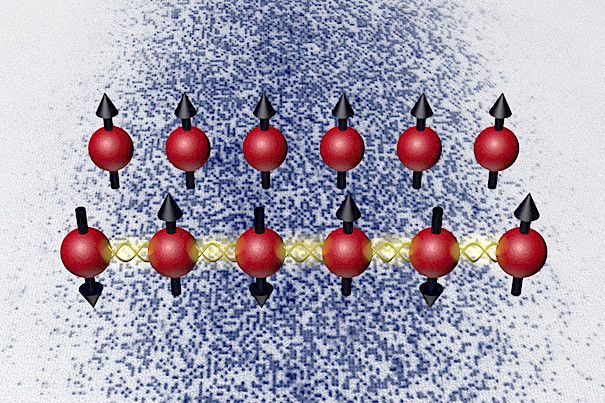Apr 11, 2020
Industry scrambles to stop fatal bird flu in South Carolina
Posted by Quinn Sena in category: biotech/medical
A less severe strain of bird flu had been detected along the North Carolina and South Carolina state recently but the case in Chesterfield County, South Carolina discovered on Monday was found to be a more fatal and easily spread strain.

















